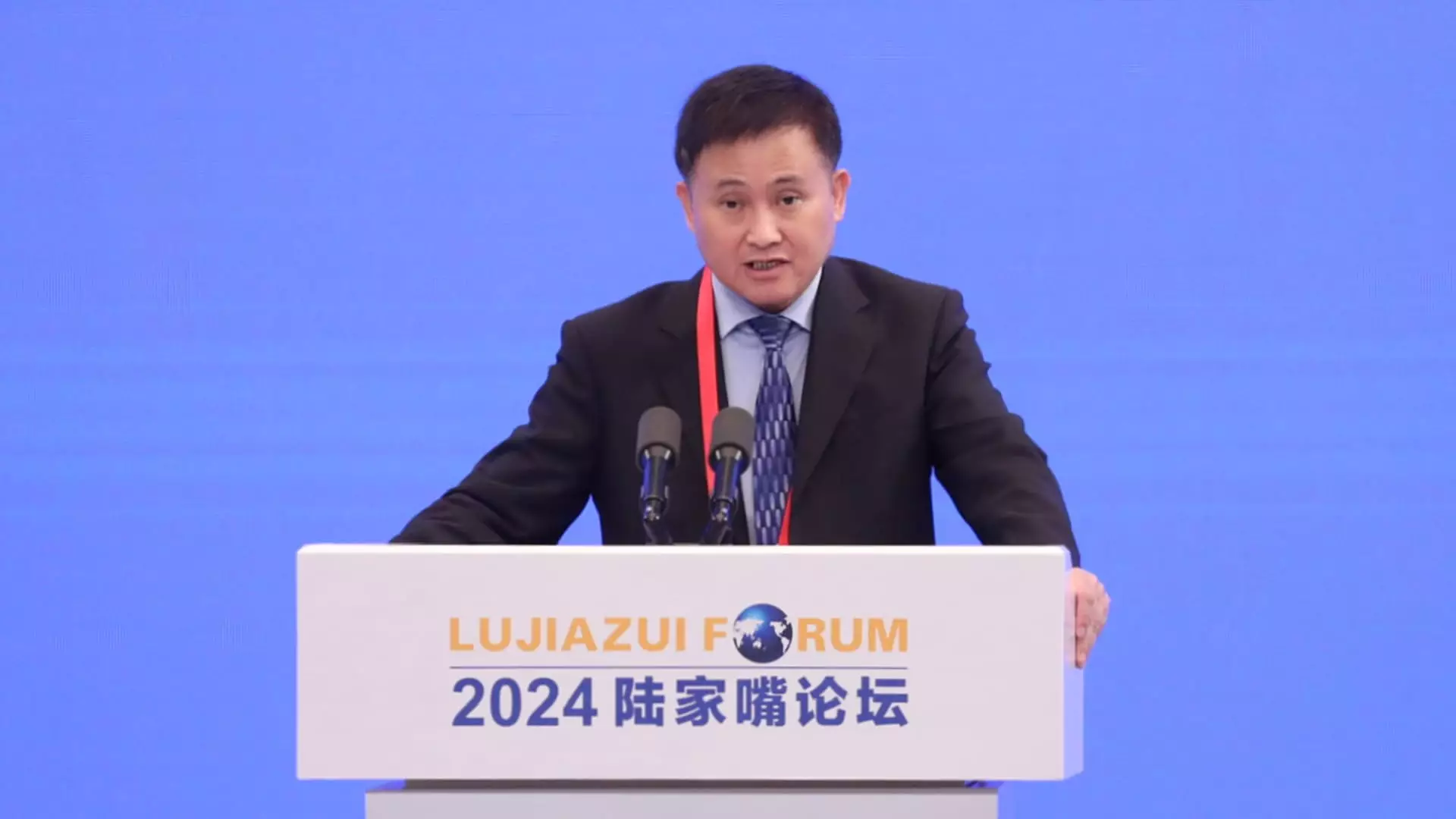In a significant meeting held recently, the Governor of the People’s Bank of China (PBOC), Pan Gongsheng, articulated the central bank’s commitment to maintaining a supportive monetary policy framework. This declaration reflects a proactive stance amidst growing economic challenges. According to reports from state media, Pan emphasized the necessity of “increasing the intensity of counter-cyclical monetary policy,” a strategy designed to counteract adverse short-term economic fluctuations. Such measures are increasingly relevant as China faces a mix of domestic pressures and external uncertainties, particularly as global economic dynamics evolve.
The meeting was held during the ongoing session of the National People’s Congress Standing Committee, which is set to culminate with anticipated fiscal stimulus approvals. These discussions occur against the backdrop of a decelerating economy, with fears of stagnation prompting the government to consider more aggressive fiscal and monetary measures. Finance Minister Lan Fo’an’s address outlining plans to increase local government debt limits underscores the urgency of replacing hidden debts that have clouded regional fiscal health. This approach is indicative of a broader strategy to enhance financial sustainability while injecting much-needed liquidity into the economy.
Interest Rate Adjustments in Response to Global Trends
A noteworthy development leading up to this meeting was the PBOC’s decision to cut multiple interest rates in late September. These cuts represent a strategic pivot aimed at bolstering economic activity during a time when growth rates are struggling to maintain momentum. The adjustments follow a notable easing move by the U.S. Federal Reserve, which recently implemented a substantial 50 basis-point cut. This synchronization of monetary policy tactics between leading global economies illustrates a coordinated response to mitigate slowing growth both domestically and abroad.
The commitment to counter-cyclical policies and the planned fiscal stimulus indicate a broader understanding among Chinese policymakers of the necessity for preemptive actions. These measures aim not only to support immediate economic recovery but also to foster an environment conducive to long-term stability. Analysts suggest that as China grapples with both cyclical and structural economic challenges, such as an aging workforce and shifting global trade dynamics, a multi-faceted approach combining monetary easing with fiscal reforms will be essential.
As the PBOC and the Chinese government navigate these turbulent times, their actions will be critical in shaping the economic landscape. The interplay between supportive monetary policies and fiscal stimulus is expected to play a pivotal role in enhancing economic resilience. Investors and economists alike will be closely monitoring the developments from these sessions, recognizing that the choices made now could have lasting implications for China’s economic trajectory. The coming weeks will reveal whether these policies can effectively counteract economic headwinds and steer the nation toward a more stable and prosperous future.

